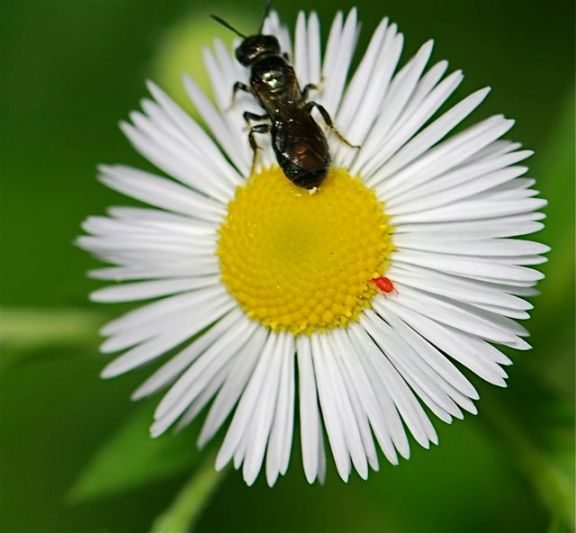Today let’s “mash-up” Seed of the Week with some science fun with avocados.
Yes, the mystery seeds from last week were avocados, Persea americana.
Activity 1. Botany of an avocado – Growing an avocado seed
Note: It may take up to seven weeks for an avocado seed to sprout. Although this is a common project, it does require patience. Increasing the number of seeds increases the chances for success.
Gather:
- an avocado fruit (one for each child)
- knife (adult supervision and/or plastic knife)
- wooden toothpicks
- plastic water bottle, or small jar (one for each child)
If you are using a plastic water bottle, cut off the top leaving a cup about two and a half inches tall.
Carefully slice the avocado in half with a clean knife. Avoid nicking the seed inside. Scoop out the seed and gently wash it. Eat the remainder of the avocado or save it to eat later (see activity below).
Examine the seed. One end will be slightly pointed, the other is flatter. Orient the seed with the pointy end up. Stick three or four wooden toothpicks into the seed evenly around about half way from the bottom.
Fill the jar or water container with clean water. Place the seed into the water with its flatter side down. Adjust the toothpicks so that they hold the seed about half into the water. Check frequently and add water as needed. Replace the water if it gets cloudy.
How is it possible that a wooden toothpick can be driven into the seed and it will still grow? Any ideas?
Let’s take a look at what is under the seed coat:
See that line? Let’s split the seed there.
What is that bump in the middle?
That is the embryo.
It turns out the embryo, or the tiny plant-to-be, is deep within the seed protected by stored food in the form of cotyledons. The toothpicks are simply embedded in the stored food, which doesn’t hurt the embryo.
The leaves and roots from the embryo will eventually emerge from the seed to form a new plant.
Once established, you can transfer the sprouted seed into soil. It will grow into an interesting houseplant.
For more information about growing an avocado tree, see the California Avocado website.
If you are lucky enough to live in an area where avocados grow into trees, you may eventually see an avocado flower.
Activity 2. Can you prevent avocado fruit from turning brown after you cut it?
Have you ever heard that if you put the pit (seed) from the avocado into your guacamole (mashed up avocado) that the guacamole won’t turn brown? What about excluding air or light? Does adding lemon or lime juice help prevent browning?
Let’s see which treatments prevent brown guacamole.
Gather:
- 2 avocado fruit
- one large bowl
- five bowls, one with a cover (a saucer will work)
- pen, paper and tape to label bowls
- plastic wrap
- a lemon or lime (or lemon or lime juice)
- fork and knife (adult supervision)
Label the bowls:
- control
- exclude air (plastic wrap)
- exclude light (saucer or lid on bowl)
- lemon/lime juice
- avocado pit
First juice the lemon or lime.
Cut the avocados in half. Scoop out the fruit into the large bowl and mash it quickly with a fork. Scoop out roughly equal amounts into each of the five bowls. Set the control bowl aside. Quickly place plastic wrap tightly over bowl 2 and set that aside. Now cover bowl three with a saucer or lid that shuts out light. Place the avocado pit into bowl 5. Now mix 2 Tablespoons of lemon or lime juice into the avocado mash in bowl 4.
Leave the bowls on the counter for 5 minutes and then examine. Do you see any changes yet? Check again at 15 minutes and 30 minutes. Which treatment has turned color the most? Which has turned color the least? Why do you think that is the case?
Expected results:
Lemon or lime juice does reduce browning, but not permanently. If the pit works at all, it is because it prevents light and perhaps a bit of air from reaching the guacamole underneath. The guacamole will probably turn brown where it is not covered with the pit.
Did your results turn out as predicted?
Think of ways to modify the experiment to answer new questions.
Let us know what you find out.














